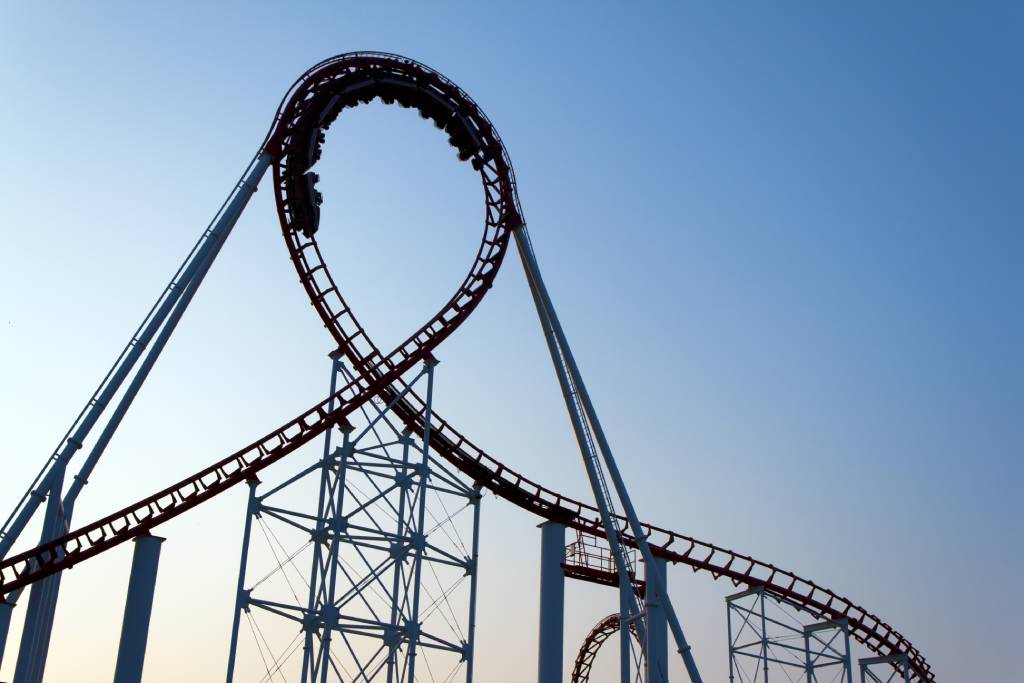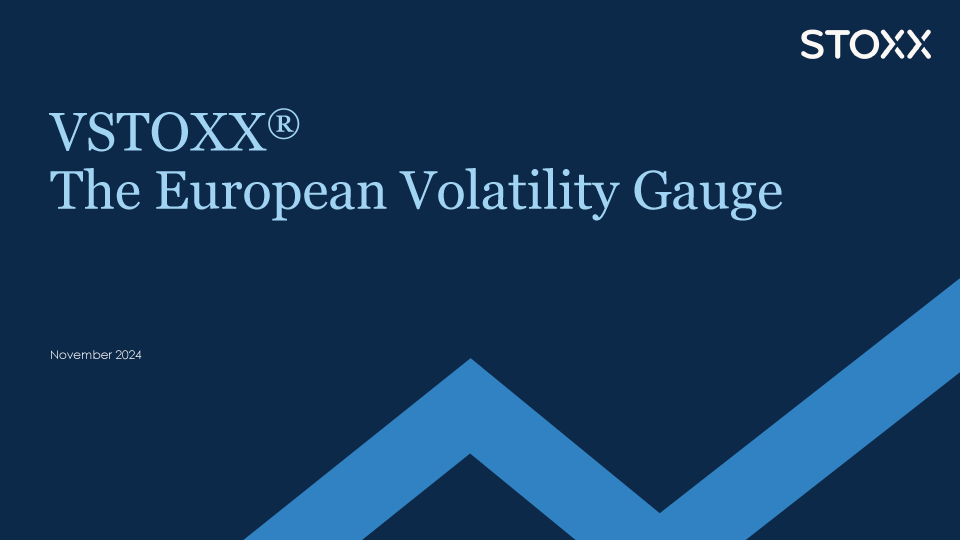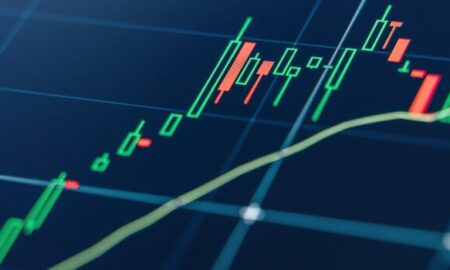
Volatility has become an investable asset class and increasingly one that is present in professional portfolios. Through volatility investments, investors and traders can implement their views on market swings and hedge equity holdings. Indices have played a vital role in this development, offering transparent and rules-based methodologies, and underlying products such as listed derivatives.
Since 2005, the VSTOXX® (EURO STOXX 50® Volatility index) has measured expectations for volatility in the EURO STOXX 50®, the Eurozone’s flagship equity benchmark. As such, it has become the essential gauge of the region’s “market fear.” Almost 18 million futures and options on the VSTOXX trade on Eurex each year.1
VDAX®, meanwhile, measures the volatility of the German equity market based on options on the benchmark DAX®.
VSTOXX methodology
The VSTOXX recreates, at each calculation interval, a portfolio of out-of-the-money options that represents the implied variance of the EURO STOXX 50. The square root of this is the implied volatility, or the market’s expectations of future volatility. VSTOXX covers all EURO STOXX 50 options listed on Eurex with a given time to expiration and that meet certain pricing criteria.
With the VSTOXX indices, investors can anticipate volatility in European markets at different times in the future. Although the main VSTOXX 30 days index is the most popular – and is usually referred to as “the VSTOXX” – eleven other indices are calculated, covering fixed expiries up to 360 days in increments of 30 days.
Volatility strategies
An extensive menu of STOXX indices also gives investors access to systematic exposure to volatility- and derivatives-based strategies. These indices include:
Volatility use cases
Market gauge
Directional views
Volatility selling
Dispersion trading
Spread trading
Hedging
Trading trigger
Risk control
Discover more
1 Volume data corresponds to 2023.






